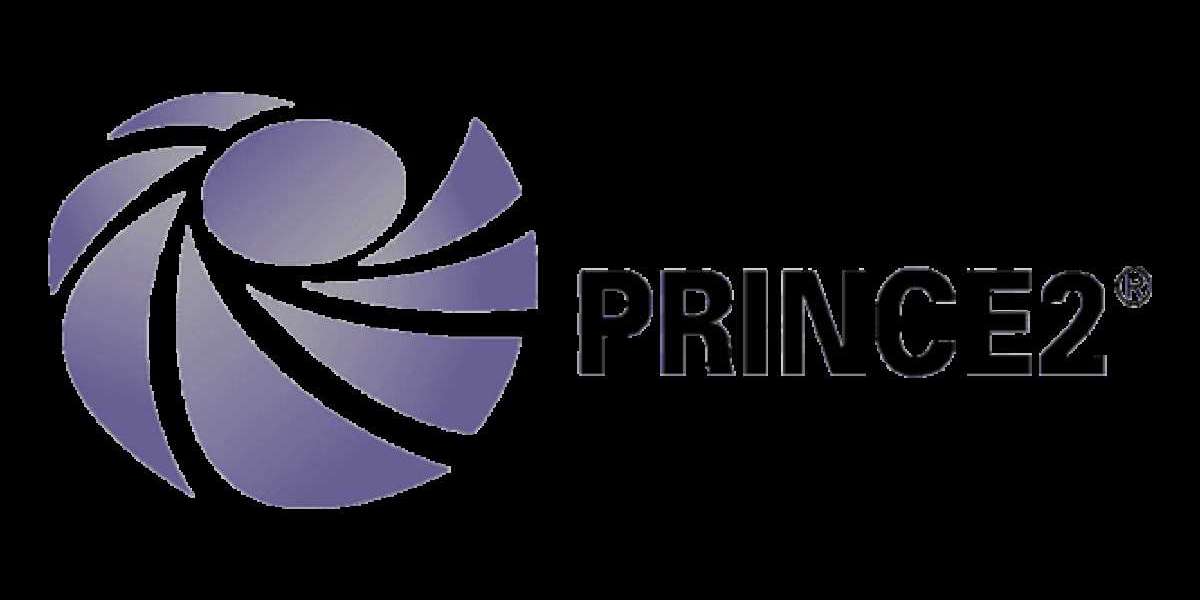Why Tailoring PRINCE2 Is Necessary
PRINCE2 provides a robust set of principles, themes, and processes that are highly adaptable. However, the degree of formality, complexity, and specific tools that an organization requires can vary greatly depending on factors such as size, industry, culture, and project types. Some organizations may need a more flexible, lighter application of the methodology, while others may benefit from a more rigid and detailed implementation.
Tailoring PRINCE2 ensures that it is not overly prescriptive and fits the context of the project and the organization’s operational environment. This customization helps to maintain efficiency, improve project delivery, and enhance stakeholder engagement.
Key Aspects of Tailoring PRINCE2
Tailoring PRINCE2 involves adjusting several elements of the methodology to better align with organizational needs:
- Project Size and Complexity
The scale and complexity of projects differ widely across organizations. For small or less complex projects, the standard PRINCE2 processes may feel cumbersome. In such cases, organizations can simplify processes by reducing documentation requirements or limiting the involvement of senior management in certain stages. This makes it easier to move quickly without compromising on quality.
For larger projects or highly complex ones, PRINCE2 can be used in its more traditional, structured form, with detailed planning, regular reporting, and extensive governance. Tailoring should balance the rigor needed to manage complexity with flexibility to ensure efficiency.
- Project Environment
PRINCE2 must be adapted to fit into the organization’s existing project environment. This could involve adjusting how teams collaborate, how decisions are made, or how communication is handled. In organizations with established agile practices, PRINCE2 can be tailored to incorporate agile methodologies within the PRINCE2 framework, such as PRINCE2 Agile.
In a dynamic or fast-paced project environment, decision-making processes might be streamlined to ensure that approval stages are quicker, while maintaining sufficient oversight to minimize risk. Similarly, in highly regulated industries like healthcare or finance, PRINCE2 processes might need to be more detailed and involve tighter compliance controls.
- Governance and Stakeholder Engagement
Governance within PRINCE2 is a key factor in ensuring successful project outcomes. However, organizations often have different governance structures depending on their size and industry. For example, in large corporations, a centralized, hierarchical governance structure might be necessary, whereas in smaller or more innovative companies, a more flexible and collaborative approach might work better.
Tailoring PRINCE2 allows for adjustments in how stakeholders are involved, whether through regular meetings, reports, or more informal communication. Understanding stakeholder needs and their level of influence is crucial in determining the depth and frequency of engagement required throughout the project lifecycle.
- Risk Management
Risk management in PRINCE2 is essential to identifying and controlling potential project risks. However, the level of detail and approach to managing risks can vary by organization. In industries with high-risk projects, such as construction or IT, detailed risk management procedures must be tailored to ensure that every potential risk is mitigated. In less critical sectors, a more straightforward, low-touch approach to risk management might suffice.
Organizations can also adjust the frequency and scope of risk reviews, aligning them with the project’s level of risk and complexity. For example, high-risk projects may require weekly risk assessments, while lower-risk projects might require monthly or bi-monthly reviews.
- Processes and Documentation
PRINCE2 provides a structured set of processes for project management, but not all organizations need or benefit from the full set of documentation that comes with it. For instance, an organization that handles several small projects annually might not need to create extensive documentation for each project phase, but could instead implement streamlined templates or digital tools to reduce time spent on paperwork.
Tailoring the documentation process to suit the size of the project and the organization’s culture can also improve efficiency. For example, organizations that rely heavily on digital tools can use project management software to automate some of the reporting, tracking, and documentation processes.
How to Tailor PRINCE2 Effectively
Tailoring PRINCE2 requires understanding both the organizational context and the project's specific needs. Here are some steps to ensure effective tailoring:
- Understand Organizational Needs
Begin by understanding the organization's project management maturity, goals, and the types of projects it typically undertakes. Look at the organizational culture, the experience level of project managers, and how projects align with strategic objectives. This will give insight into the level of structure required and where flexibility can be introduced.
- Engage Stakeholders Early
Involve key stakeholders in the tailoring process. These may include senior management, project managers, team members, and even customers. Their input will help determine the amount of control, reporting, and governance needed.
- Focus on Flexibility
PRINCE2 is based on seven principles that provide a framework for success. However, within these principles, there is room for flexibility. Organizations should ensure that the framework is customized without compromising on the principles that guarantee project success, such as continued business justification and learning from experience.
- Maintain Adaptability
Tailoring should not be a one-time event. As the organization evolves and takes on new types of projects, the tailoring process should evolve too. Organizations should regularly assess whether their use of PRINCE2 is still appropriate and make adjustments as needed.
- Document the Tailoring Decisions
Make sure to document any tailoring decisions. This serves as a reference point and ensures that future projects maintain consistency in applying PRINCE2. It also provides clarity in project governance and the methodology adopted for specific project types.







